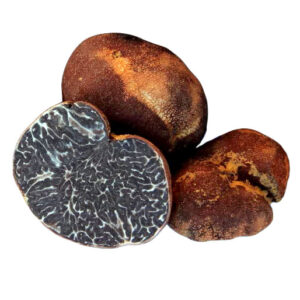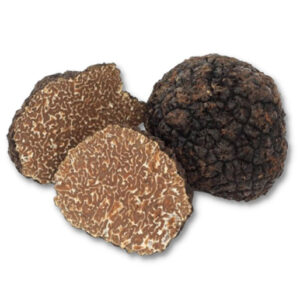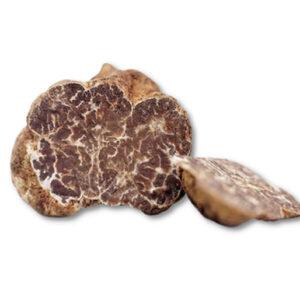This 2 to 12 cm truffle can be picked from August to December.
This cinnamon-colored truffle with its enchanting fragrance is worthy of the greatest chefs. Native to North America, it is renowned for its powerful, sweet and complex fragrance. Perfect for flavouring risotto, pasta or eggs.


